There is the opinion among many people that the world’s climate is supposed to remain as it has been for the last 100 years.
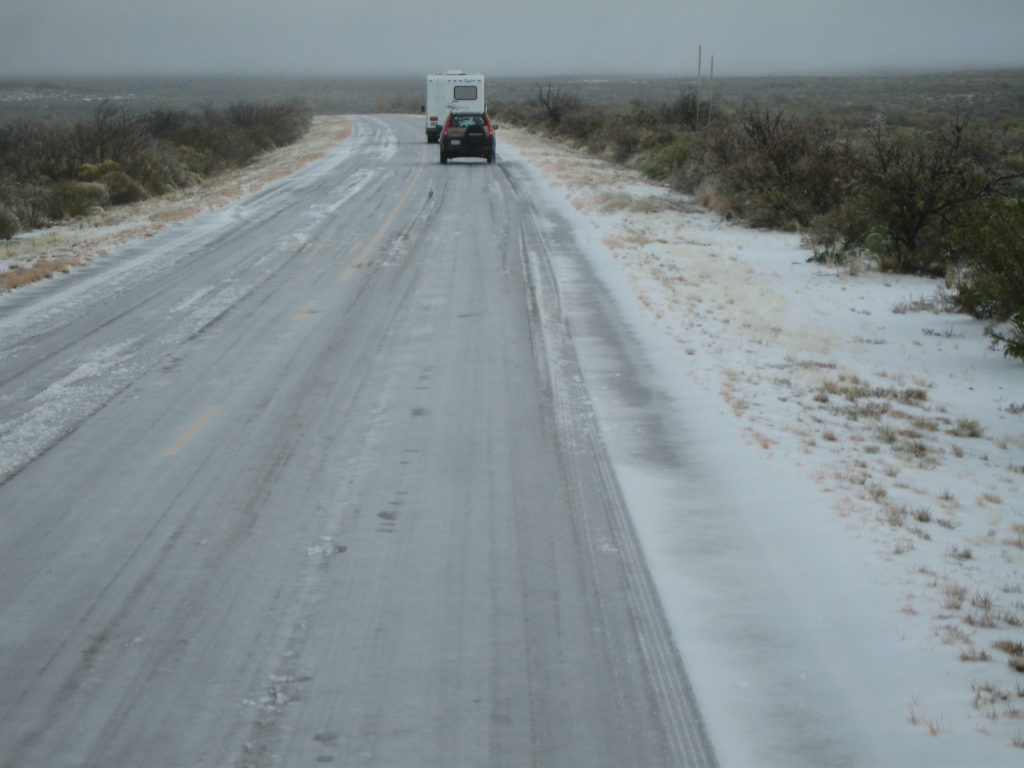
If that were true how do we explain the past climate of the world? Most people accept that there have been several glacial epic ages, the last somewhere in the last 12,000 years. Then the cycle changed and warming conditions returned. What changed to warm the climate sufficiently to start the reduction in snow and ice accumulations? There is no satisfactory answer for that, but there are some explanations as to why the world continued to warm more quickly as the years rolled by.
The top of much of the world had a mile depth of ice over parts of it, and the sun’s rays produced the heat that made the ice melt. When the ice was mostly melted then what? The sun continued to send out the same amount of heat, but the ice was not there melting and absorbing the heat. After the ice was gone, the heat began heating the rocks, stones, lakes and rivers, the ocean, and the air. And the world warmed up!
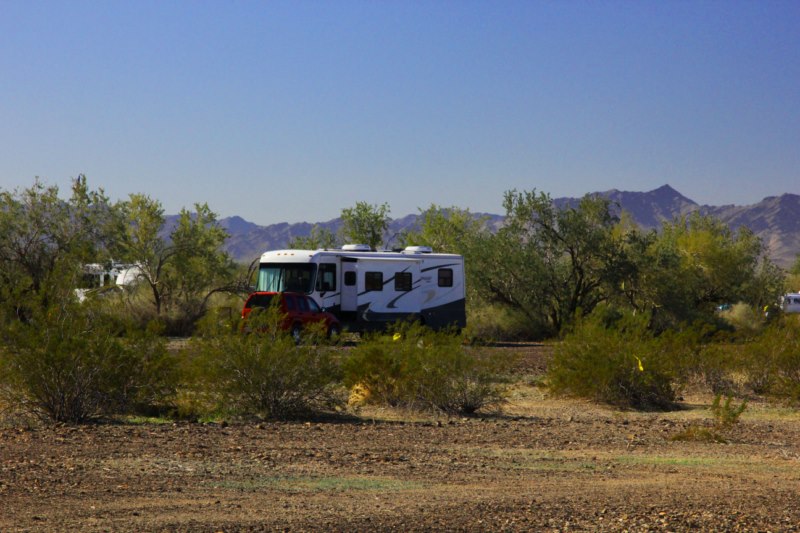
In the last century we’ve been accustomed to summers that warmed to a comfortable temperature, and winters that didn’t get too cold, at least not for long spells. Of course there were weirdly deviant years but for the average it’s been comfortable, and this is what is accepted by many people as ‘normal’ weather or ‘normal’ climate.
Now hearken back a few centuries. It might surprise you to know that there was a comfortable warm period for about 500 years, from 900 to 1300 AD. This era has been called the Medieval Warm Period. Average temperatures for the summers were approximately 1.5C higher than in the 1900’s. Note, that is the same 1.5C that the climate worriers claim is the maximum the earth can handle and not run amuck. Yet the several hundred years it was the norm and the world did not run amuck. During this time, European agriculture flourished. The boundaries of frost prone crops moved north, as much as 200-300 miles and grape growing in England competed with France. Farmers tilled farther north, and farther up the slopes of the mountains. In the 20th century temperatures have been too low and the frost line has moved back southward, and downward on the mountains.

It was in those warmer years, in the 800’s, that the Viking people began to explore the seas, spreading west to Iceland, then Greenland, and then to the shores of Newfoundland. Hundreds of years before Columbus was born, the Vikings landed in North America, and set up a settlement. They found the warm conditions kept away the pack ice from the shores of Greenland, yet after the 12th century colder weather became the new norm and eventually pack ice closed off access to Greenland’s shores at certain times of the year.
The earth entered a cooler climate for a period of almost 500 years, from 1300 to the late 1800’s. Temperatures dropped about 3C lower than during the Medieval Warm Period, or about 1.5C below the temperatures of our century. This cooler period is the era of the Little Ice Age. The weather became very changeable with long periods of rain and cold. Crop failures were common and peasants starved. Civil unrest became normal. We see Scrooge bundled up and walking down snow covered streets. People skated on the canals in Holland. It was a long period of discomfort for those who had poorly made homes, and little food. Life expectancies were low. Glaciers in the mountains began to grow and pushed down the mountains, obliterating forests and small villages that had prospered during the warm period. The men in the war fields of the 1st World War spent the winter in one of the last really nasty weather times of the end of the Little Ice Age.

Not all years were the same then, nor now. There are years that are extra wet, or cold, or hot and dry, but a hot dry summer does not predict a change in climate. We have to look at the long term.
So here we are with an angry teen age kid shouting ‘The sky is going to fall’ and we sit here with cooler temperatures than back in the Medieval Warm Period which had temps a couple of degrees higher than we have now, and the world did very well. Dr. Judith Curry is a well known climate scientist, yet she speaks out against the wild claims of human caused warming… but she is not listened too, nor sent on paid speaking sprees with lots of news coverage.
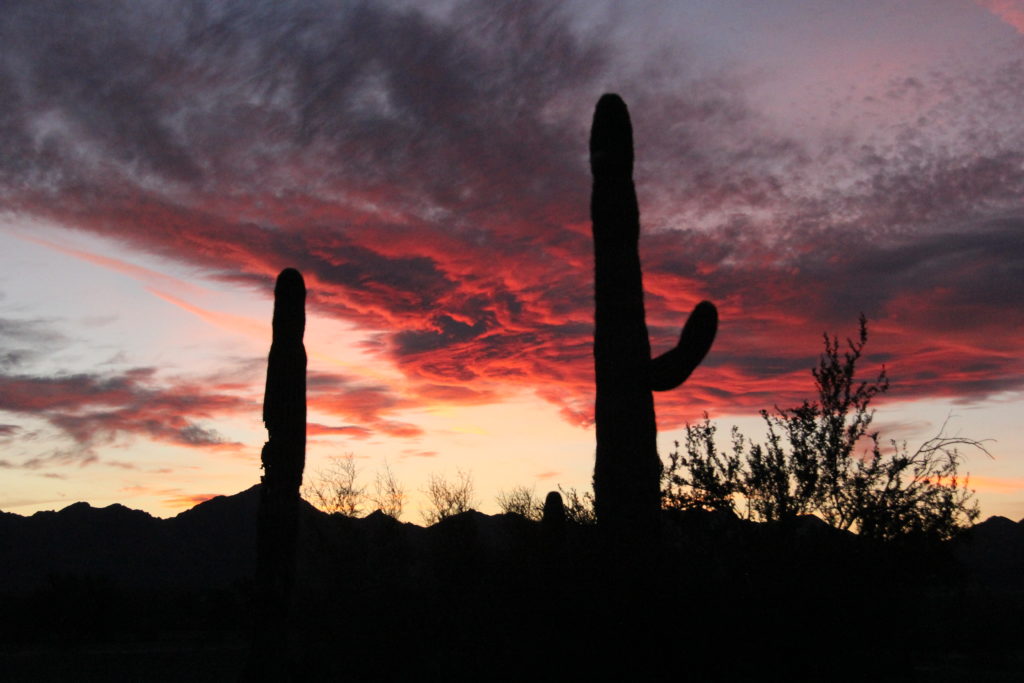
It is time to look at the climate while considering the history behind it. Just because we’ve become accustomed to the climate and weather, doesn’t mean it’s always been this way, and it doesn’t mean it will always be the way we like. We live for a very short span of time, climate is measured in centuries of time.
Did you ever wonder where this idea of 1.5C being the magic number came from? Why not 1.75C, or 1.2C, or 2.0C? Can anyone actually prove that this is the critical number? If not, you should doubt it!

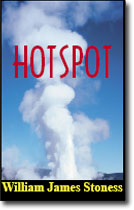


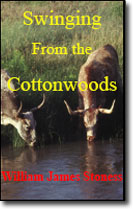
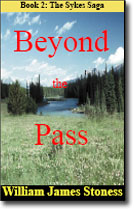
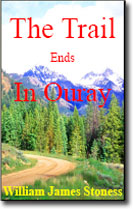
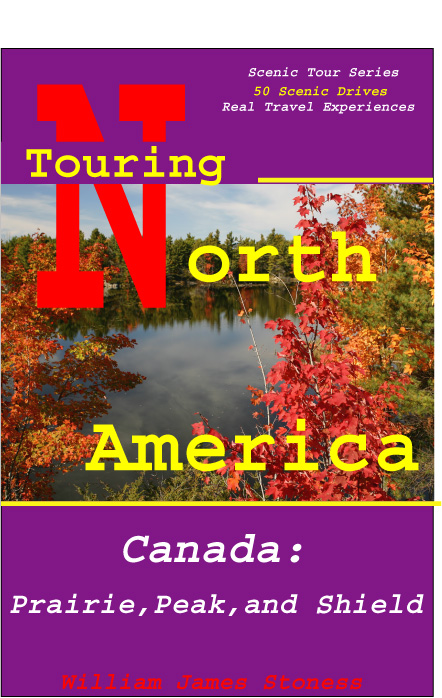

Recent Comments